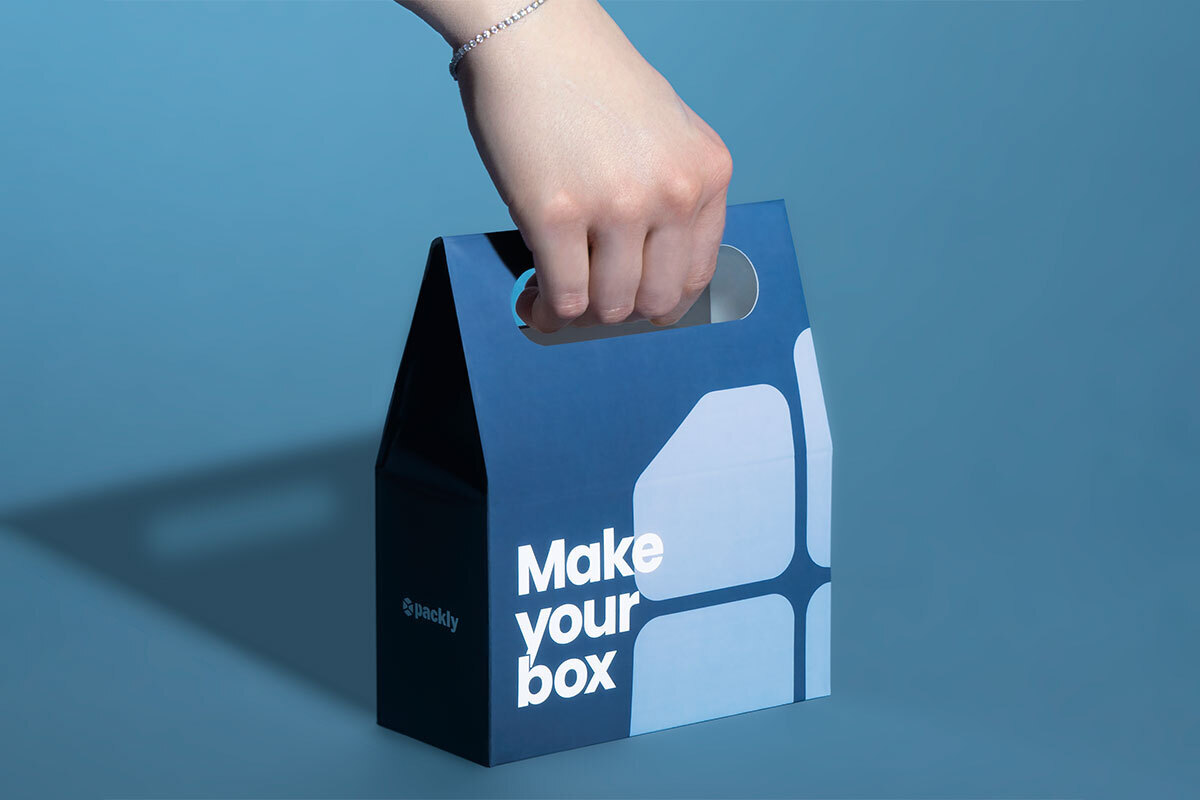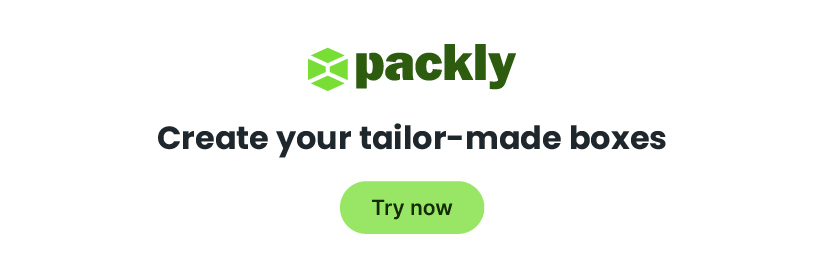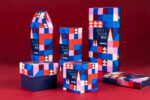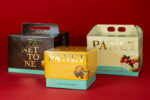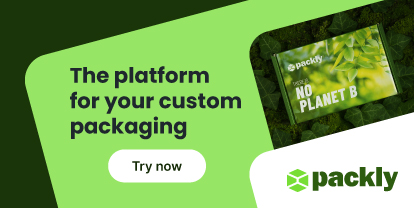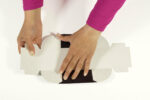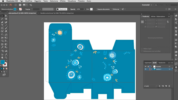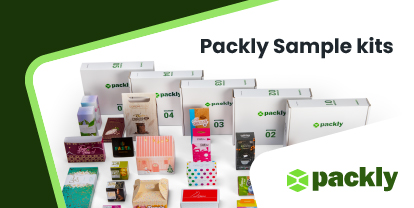In a world where consumption and efficiency are intertwined, packaging has evolved from being merely functional to playing a key role in a product’s lifecycle. Today, types of packaging not only protect products but also help reduce environmental impact and attract consumer attention. Finding the right balance between practicality, sustainability, and design is crucial.
In this article, we will explore the main types of packaging: primary, secondary, and tertiary. You will understand their differences, functions, and the roles each one plays in a product’s success.
Additionally, we’ll see how Packly, with its commitment to sustainable and custom packaging, can support your business in choosing the best solutions.
Why is effective packaging essential for your brand?
Packaging is not just a wrapper that protects a product—it’s a powerful marketing tool. Its functions are essential because:
- It protects the contents from damage and contamination.
- It enhances the customer experience by conveying brand identity.
- It influences purchasing decisions at the point of sale.
📊 A 2018 Ipsos study found that 72% of consumers say packaging design impacts their purchasing decisions. Additionally, 52% of customers state they are more likely to repurchase from a brand that offers attractive and well-designed packaging.
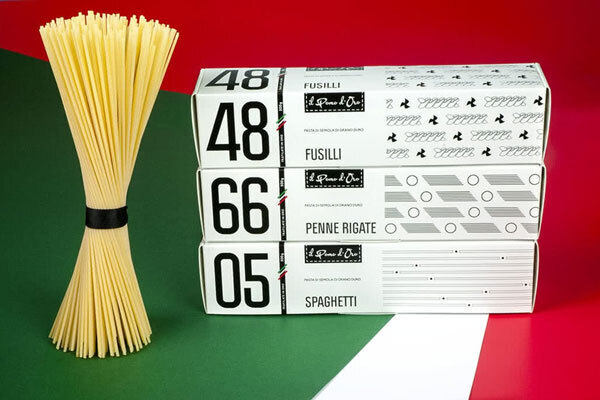
What is primary packaging?
Primary packaging is the material that directly encloses the product. Its main purpose is to protect the product during transportation, storage, and sale, while also attracting consumer attention.
Primary packaging: direct contact with the product
Good primary packaging should be functional yet visually appealing. It must protect the product during sales and transport while maintaining its freshness or integrity, especially for food and cosmetics.
Food safety and packaging: what you need to know
In Europe, food packaging is subject to strict regulations. Here are the key principles of Regulation (EC) No. 1935/2004:
- Health first: Materials must not release harmful substances into food.
- Product integrity: Packaging must not alter the food’s composition.
- No changes in taste or smell: The flavor and aroma must remain intact.
Additionally, Regulation (EC) No. 2023/2006 requires adherence to Good Manufacturing Practices (GMP). In Italy, Ministerial Decree 21/03/1973 outlines requirements for different materials, while the Declaration of Compliance (DoC) ensures that packaging is safe for food contact.
Why choosing reliable suppliers matters
Selecting certified suppliers is a strategic move to ensure that the packaging complies with current regulations. Collaborating with companies like Packly offers tangible benefits:
- We use certified materials suitable for food contact.
- We adhere to European regulations and observe good manufacturing practices.
- We can issue a Declaration of Conformity.
- We reduce the risk of contamination, protecting consumer health.
Ultimately, investing in quality packaging is not just an aesthetic or functional choice, but an essential decision for the safety and quality of the product.
Primary packaging must comply with applicable laws from production to final supply.
For example, the reference regulation for food contact materials (MOCA) defines the general requirements that packaging used to wrap, store, transport, or consume food must meet.
Primary packaging and the unboxing experience
Primary packaging is crucial in the customer’s unboxing experience, as it is the first interaction before discovering the actual product.
A well-designed primary package creates an immediate emotional impact, even before unwrapping. Sustainable materials and attention to detail communicate brand responsibility and enhance this moment.
In an increasingly competitive market, differentiation is key, and primary packaging is a powerful tool to win over customers. Every package is an entry point into the brand’s world, turning a simple purchase into a memorable experience.
For example, check out Packly’s primary packaging solutions, including cardboard boxes for electronic devices, soap packaging, and pasta boxes.
Common materials for primary packaging
The most common materials used for primary packaging types include cardboard and paperboard because they are lightweight, durable, and easily customized through printing.
Paperboard can be easily formed into various shapes and sizes to accommodate the specific needs of products. It can be used to package food, cosmetics, pharmaceuticals, and many other consumer products. Additionally, it can be printed on with ease, allowing companies to customize their packaging with their logo, graphics, and product information.
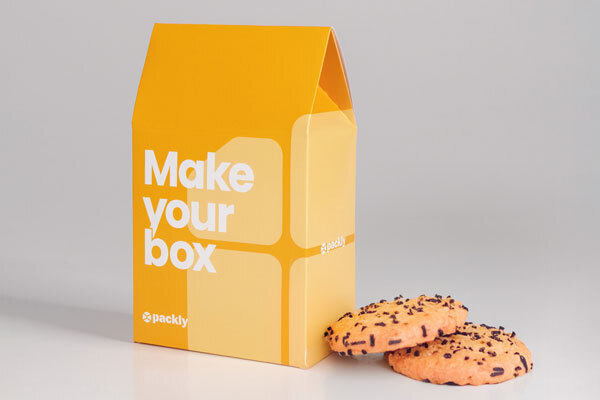
Consider a custom food box: primary packaging can make all the difference as it both safeguards and preserves the freshness of products while simultaneously enhancing them with captivating graphics and colors that communicate the quality and deliciousness of what’s inside.
📊 A 2011 study conducted by the FAO titled, “Global food losses and food waste,” highlighted that roughly one-third of the food produced for human consumption is lost or wasted globally, amounting to approximately 1.3 billion tons annually. In developing countries, food losses predominantly occur during the early and middle stages of the food supply chain, often due to inadequate food storage and packaging technologies. The study emphasizes the significance of proper packaging in preventing food spoilage and waste, thereby extending the shelf life of food products.
Furthermore, a webinar was organized by the FAO in 2023 titled, “Packaging as a means to reduce food loss and waste,” focusing on how packaging can aid in preventing and reducing food waste, ranging from measures that the packaging industry can undertake to improvements in date labeling and on-pack messaging that regulators and food producers can introduce.
What is secondary packaging?
Secondary packaging provides an extra layer of protection and facilitates transportation and wholesale distribution. It is also used for visual communication, such as branding and product information.
This type of packaging does not directly touch the product but is essential for presentation, organization, and distribution.
📊 A 2019 GlobalWebIndex study found that 42% of consumers in the UK and US prioritize sustainable materials in their daily purchases. Additionally, 57% of global respondents are willing to pay more for sustainable or eco-friendly products.
Secondary packaging: grouping and presentation
Clear examples of types of packaging include cardboard boxes for mineral water bottles, cardboard boxes containing multiple chocolate bars, or plastic trays with various yogurt packs.
By providing visibility for the brand, this is an additional opportunity to strengthen the brand image. If designed consistently, secondary packaging can showcase the logo, colors, messages, and personality of the brand, reinforcing corporate identity and logistical recognition.
Secondary packaging plays a fundamental role in protecting products during transport and storage. Consider an elegant cardboard box for a luxury perfume: among the most common options for primary packaging are glass and plastic, while for secondary packaging, stiff cardboard is used to create the boxes.
The same company, Parfums des Iles, a brand of cosmetics, soaps, and perfumes, has chosen to create customized boxes with Packly that enhance the sophistication and elegance of its fragrances.
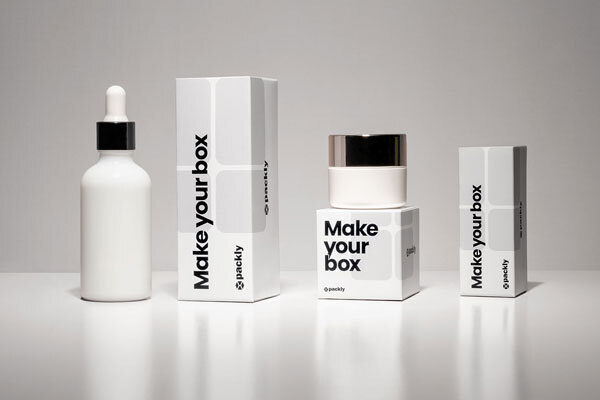
What is tertiary packaging?
Tertiary packaging protects products during industrial and logistical transportation. It is designed for large-scale use, ensuring safe delivery from warehouses to distributors and retail locations.
Tertiary packaging: protection for transportation & logistics
Secondary packaging is essential for the safe transport of goods over long distances, whether by land, air, or sea.
This type of packaging is never seen by the end consumer, but it plays a crucial role in ensuring that the product arrives intact at its destination, as it provides essential protection.
When well organized, it also optimizes space, allowing for greater load density. This means that more products can be transported and stored in less space, reducing transportation costs and improving the overall efficiency of the supply chain.
Moreover, adopting tailored packaging solutions helps avoid waste related to overpackaging. When the packaging is precisely and custom-designed for the product, unnecessary materials are minimized, ensuring adequate protection without compromising the environment with excessive packaging material.
📊 The adoption of optimized secondary packaging can lead to significant economic and logistical benefits. For example, the company Henkel Italia reduced the weight of its laundry detergent bottle by 37% and the weight of its cap by 75%, resulting in a 20% decrease in the weight of the corrugated cardboard box used for transport. This optimization allowed for a 25% increase in the number of products that can be transported per standard pallet, leading to a reduction in transportation costs.
Case Study: Feel Brill’s impactful packaging
Feel Brill, an Italian company that produces washable and reusable makeup remover pads, is an excellent example of packaging that combines aesthetics, functionality, and sustainability. Their box, designed with Packly, not only protects the products but fully reflects the brand’s green values. Thanks to recyclable materials and an innovative design, Feel Brill achieved a 35% increase in visibility and a 20% growth in sales in the first quarter after the launch of the new packaging.
This case study demonstrates how carefully curated and customized types of packaging can make a difference, turning the container into a true ambassador for the brand.
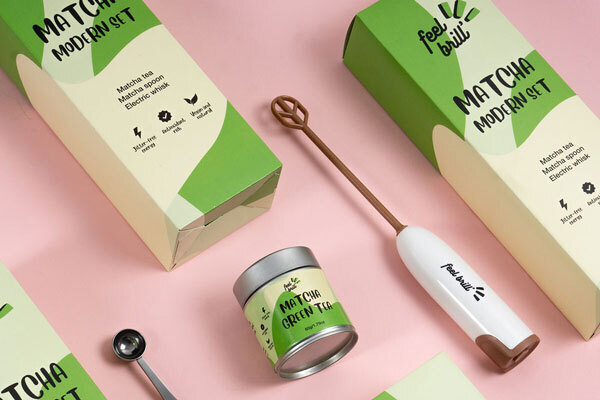
How to make the most of the differences between types of packaging?
Knowing how and when to use packaging is essential for optimizing costs and ensuring effective protection. Some of the advantages of understanding the 3 types of packaging available are:
- Cost optimization: each type of packaging is used at different stages of the product’s lifecycle. Knowing the differences helps avoid waste and choose the right material for each stage, whether it’s retail, transport, or warehousing.
- Sustainability: the right packaging also reduces environmental impact, as selecting the most suitable option uses fewer materials and decreases waste.
- Marketing and branding: packaging is a powerful marketing tool. While primary packaging attracts consumers at the point of sale, secondary packaging can reinforce the brand message during distribution. The customer experience will be significantly improved with a consistent design.
- Safety and protection: each type of packaging protects the product differently. Choosing the perfect one ensures that the product does not get damaged during transit.
- Logistics efficiency: a proper choice can optimize and enhance the efficiency of the supply chain.
- Regulatory compliance: it is important to choose types of packaging that comply with legal standards and regulations, such as those related to food safety, as well as in the chemical and pharmaceutical sectors.
Sustainability of the 3 types of packaging
Sustainability in packaging has become an increasing priority for companies, as responsible resource consumption and waste reduction have now become fundamental goals.
All types of packaging have a specific environmental impact, and sustainability depends on the choice of materials, design, and the processes of production, transportation, and disposal.
Among the most sustainable solutions is the use of recyclable and biodegradable materials, such as kraft paper. Made from high-quality virgin fibers and easily disposable, it is also used by Packly to create customized packaging.
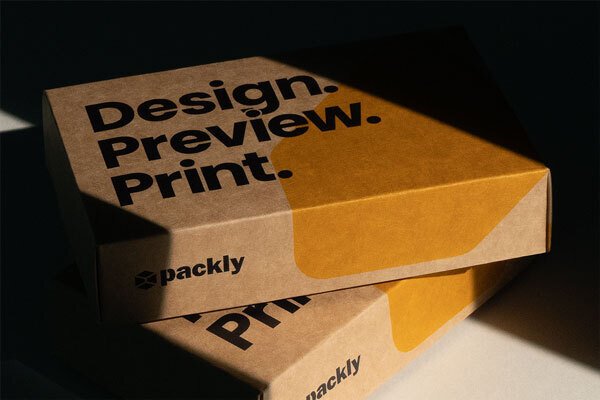
Packly can help you choose the perfect packaging
Packly is the ideal partner for selecting the right type of packaging for your product. Whether you are looking for primary, secondary, or tertiary packaging, Packly offers customized solutions that meet your specific needs.
With our platform, you can design the perfect packaging for your product, enhancing protection, aesthetics, and distribution efficiency. Now that you know the differences, you can make a more informed choice about the type of packaging that best suits your needs. If you need support in designing the ideal packaging, Packly is here to help you bring it to life and receive it in just a few clicks. Contact us now!
